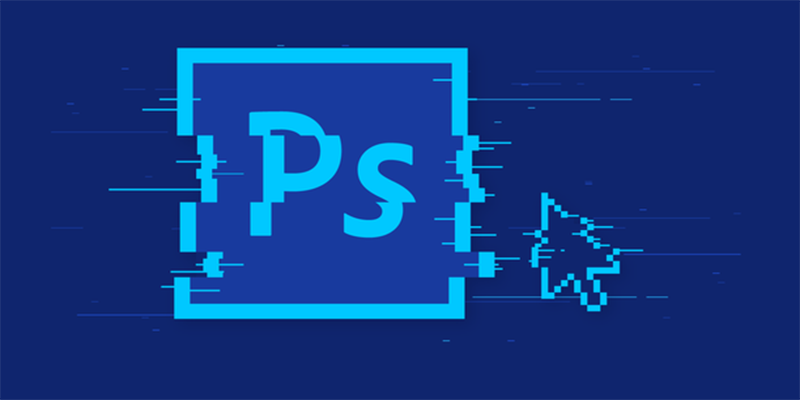Design trends are constantly changing, and it can be difficult for designers to keep up with them. Fortunately, Adobe Photoshop is a powerful tool that allows designers to apply current trends to their work. From powerful editing capabilities to a variety of filters and effects, Photoshop makes it possible to create stunning designs that are both modern and eye-catching. In this research work, we will explore the ways in which design trends can be leveraged with Photoshop and discuss the creative possibilities of this powerful program.
1. Minimalism
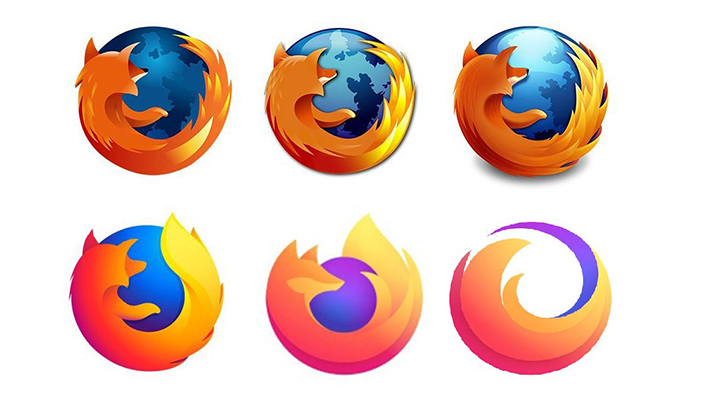
Minimalism is a design trend that is characterized by simple, clean, and clear layouts and visuals. The purpose of minimalism is to create a clear and streamlined look that emphasizes the content and design elements. Minimalism can be achieved through careful selection and arrangement of elements, clean typography, and the use of white space.
Using Photoshop, minimalism can be executed by creating a simple and clean layout and visual. Start by selecting simple shapes and colors for the background. Keep the tones of the background light and neutral, so as not to distract from the other elements. Next, choose a typeface that is simple and easy to read. Minimalist typefaces are usually sans serif, light, and clean. Finally, select the design elements that will be included in the design. These should be limited to only the essentials and should be placed sparingly. Utilize white space to keep the design balanced and uncluttered.
By following these guidelines, minimalist designs can be easily created in Photoshop. Minimalism can be a great way to create a modern, stylish design that emphasizes the content and design elements.
2. Neomorphism
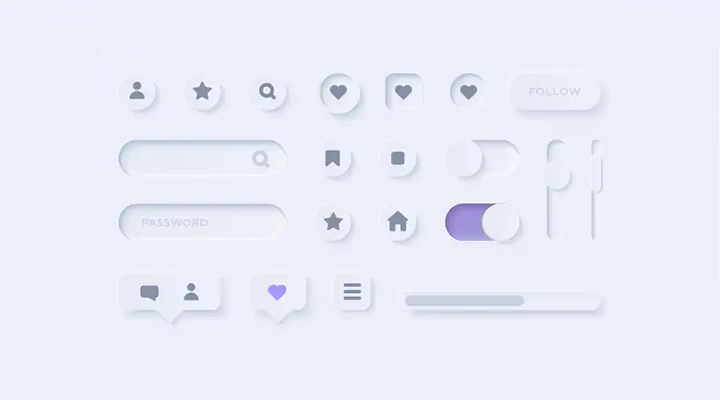
Neomorphism is a new design trend that has been gaining traction in the design industry. It is a combination of both flat design and skeuomorphism, and it is focused on creating a modern, minimalistic aesthetic that is both aesthetically pleasing and easy to use.
Neomorphism is characterized by a combination of soft shadows and highlights, rounded edges, and subtle gradients. It is intended to provide a more modern, natural look and feel to digital interfaces, while still being minimalistic.
To execute neomorphism on Photoshop, you can use the Layer Style options. To create a soft shadow, select the Shadow Layer Style and adjust the Opacity and Blur settings to create a subtle effect. To create a rounded edge, select the Rounded Corners Layer Style and adjust the Radius setting to achieve the desired effect. Finally, to create a subtle gradient, select the Gradient Overlay Layer Style and adjust the colors and angle to achieve the desired look.
By combining these various Layer Style options, you can create a modern, minimalistic interface that follows the neomorphism design trend.
3. Motion Design

Motion design is a design trend that has been steadily growing in popularity over the past few years. It involves the use of animation and visual effects to create dynamic, eye-catching designs. Motion design can be used to create a variety of different effects, from subtle transitions to full-fledged animations. It can be used to add interest and depth to a design, convey a message, and even create a sense of motion.
Motion design can be executed on Photoshop in a variety of ways. The most common way is through the use of layers. By creating multiple layers and using the timeline feature, you can create complex animations that can be used for motion design. You can also use the layer effects and the animation panel to create more subtle transitions and effects. Additionally, you can use keyframes to control the timing and speed of your animation.
Another way you can use Photoshop for motion design is by creating motion graphics. Motion graphics involve the use of shape layers, vector paths, and masks to create graphic elements that move and interact with each other. This can be used to create backgrounds, logos, or other visual elements.
Finally, you can also use Photoshop to create video effects. By using adjustment layers, you can create color and light effects,as well as transitions and fades. You can also use layer masks to create more complex effects. It is worth noting that Adobe After Effects is a better tool for creating animations.
Motion design is a powerful trend that has been used to create stunning visuals for a variety of different projects. With the right tools and techniques, it can be used to create dynamic and eye-catching designs.
4. Flat Design

Flat design is a design trend that has been around since the early 2000s, but has become increasingly popular in the last few years. It is a style of design that strips away any visual elements such as bevels, gradients, and shadows, and instead relies on minimalistic elements such as solid colors, sharp edges, and simple shapes. The goal of flat design is to create an interface that is more intuitive and user-friendly.
Flat design can be executed on Photoshop by using simple shapes, solid colors, and sharp edges. To create flat design elements, use the Rectangle Tool, the Line Tool, and the Ellipse Tool. Use solid colors and avoid gradients and shadows. To add texture to your flat design elements, use patterns, textures, and/or vector shapes. Use the Transform and Warp tools to modify shapes and to create interesting shapes.
When creating a flat design layout, use the Grid Tool to create a grid structure for your layout and the Alignment Tools to ensure that everything is evenly spaced and aligned. Make sure that everything is aligned to the same baseline and has the same spacing between elements.
When creating images, use the Pen Tool to create vector shapes and the Brush Tool to add texture and shading. Use the Eraser Tool to create sharp edges and the Blur Tool to soften edges.
Finally, use the Move Tool to reposition elements and the Select Tool to adjust the size and shape of elements. Use the Layer Styles to create shadows and highlights, and the Warp Tool to give elements a 3D look.
Flat design is a great way to create an intuitive and user-friendly interface. With the right tools and techniques, flat design can be easily executed on Photoshop, resulting in a modern, sleek design.
5. Responsive Design
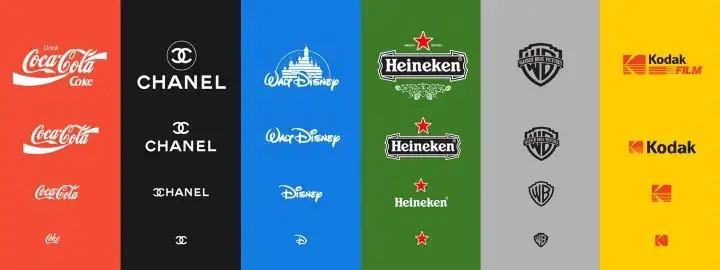
Responsive design is a design trend that has become increasingly popular in recent years. This trend allows webpages to be designed in a way that adjusts the layout and functionality of the website to different devices and screen sizes. This is done by using a combination of HTML, CSS, and JavaScript.
When it comes to executing this design trend in Photoshop, there are a few different approaches that can be taken. The first is to create separate versions of the design for each device and screen size. This requires the designer to create a design for mobile, tablet, desktop, and any other device sizes that may be needed.
The second approach is to design the page using a mobile-first approach. This means that the designer starts by designing the page for the smallest device size and then gradually adds additional features and design elements as the size of the device increases. This can help to ensure that the page looks great on all devices and makes sure that all of the design elements are properly scaled.
Finally, the third approach is to use a grid-based layout. This involves using a grid template or system to create a design that is consistent across all devices, regardless of their size. This can help to ensure that the design looks the same on all devices, making it easier for users to interact with the site.
These are just a few of the ways that responsive design can be executed in Photoshop. Depending on the project, different approaches can be taken to ensure that the site looks great on all devices and that the design elements are properly scaled.
6. Vintage Design
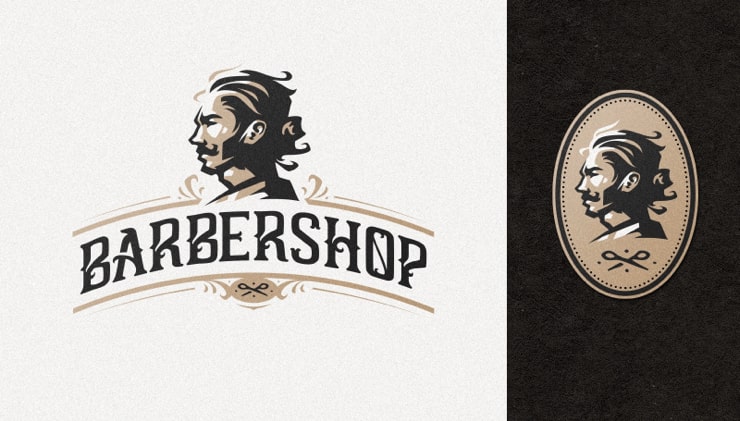
Vintage design is a popular design trend that has been around for decades. This classic look is characterized by muted colors, aged textures, and a mix of traditional and modern elements. It is often used to evoke nostalgia or to create a timeless feel.
Vintage design can be created in Photoshop by using a combination of various design elements. Textures, brushes, and filters can be used to create the aged look. Colors can be muted, or a classic color palette can be used to evoke a certain era. Images and icons can also be manipulated to create a vintage feel.
To ensure that the vintage design looks authentic, it is important to pay attention to details such as typefaces, textures and color palettes. Researching the era that the design is meant to represent can help to create a more accurate design. Additionally, using a mix of traditional and modern elements can help to create a timeless look.
Vintage design is a great way to add a classic touch to any project or design. With the right tools and techniques, it is possible to create a vintage look in Photoshop.
